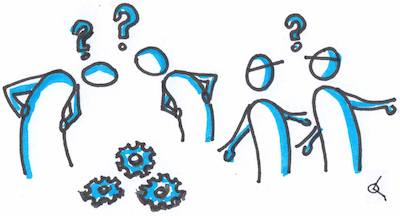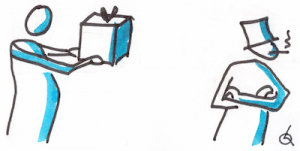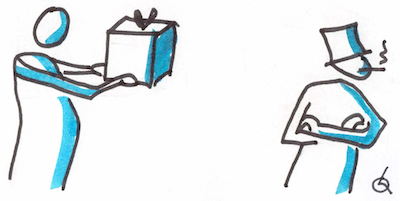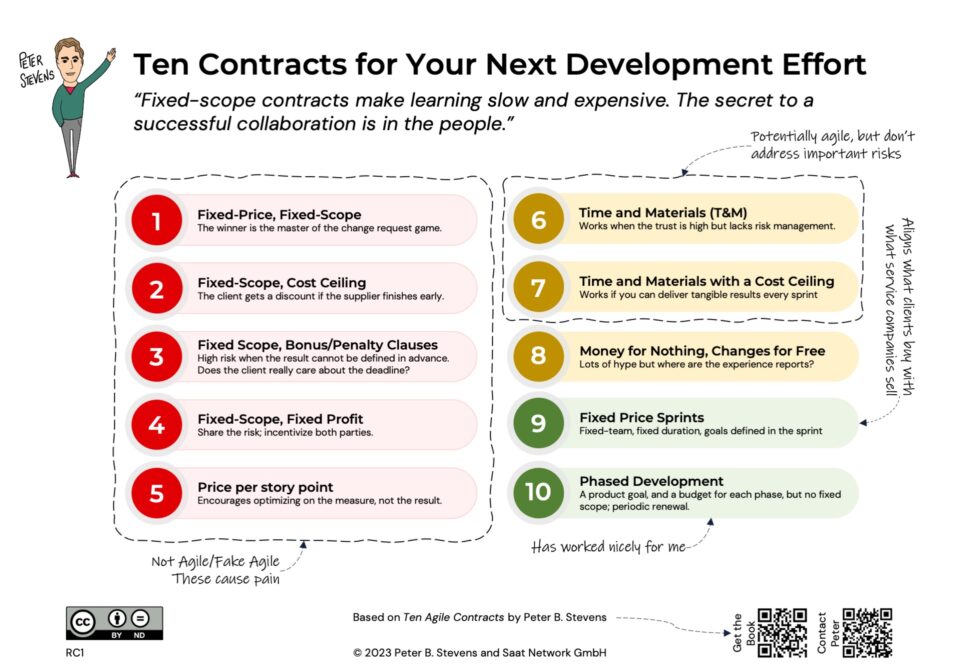
Top Project Risk Number 5: Technical Risk
13-02-2020
Top Project Risk Number 3: Scope Risk
17-02-2020If we build it, will people use it or buy it?
Building a product that no-one wants is a great way to lose your entire investment.
“For our guests tonight we need meat, wine, and cheese.” Your spouse goes to the grocery store and gets all the ingredients for dinner. That evening… you have prepared a wonderful meal. Your guests arrive and see that the menu consists of meat and cheese: “We’re vegetarians, and I have a milk allergy.”

This is known as ‘technical success’. The developers did a great job, but the ‘business guys’ screwed up by not figuring out what the customer really needed.
How do you avoid creating “a solution looking for a problem?”
Market risk mitigation in Scrum
Scrum reduces market risk by encouraging collaboration between the stakeholders and the Scrum Team. Scrum requires a demonstration to stakeholders every sprint and makes the Product Owner responsible not just for staying within the budget, but also for ensuring that the sponsor’s money is well spent. Each sprint should represent the best step forward to achieve the overall goal of the project, given what is known at the sprint planning.
This is only a partial solution to the problem. Entire frameworks, such as Lean Startup and Design Thinking , have emerged just to address the challenge of reducing market risk and ensuring that you build a product that excites the client and has genuine business value.
From a contractual point of view, a variable scope contract with product decisions delegated to the Scrum Team is essential. Collaboration with stakeholders is equally important.





